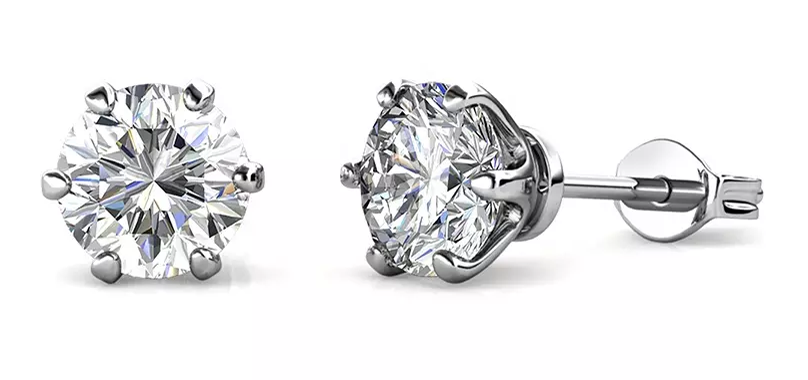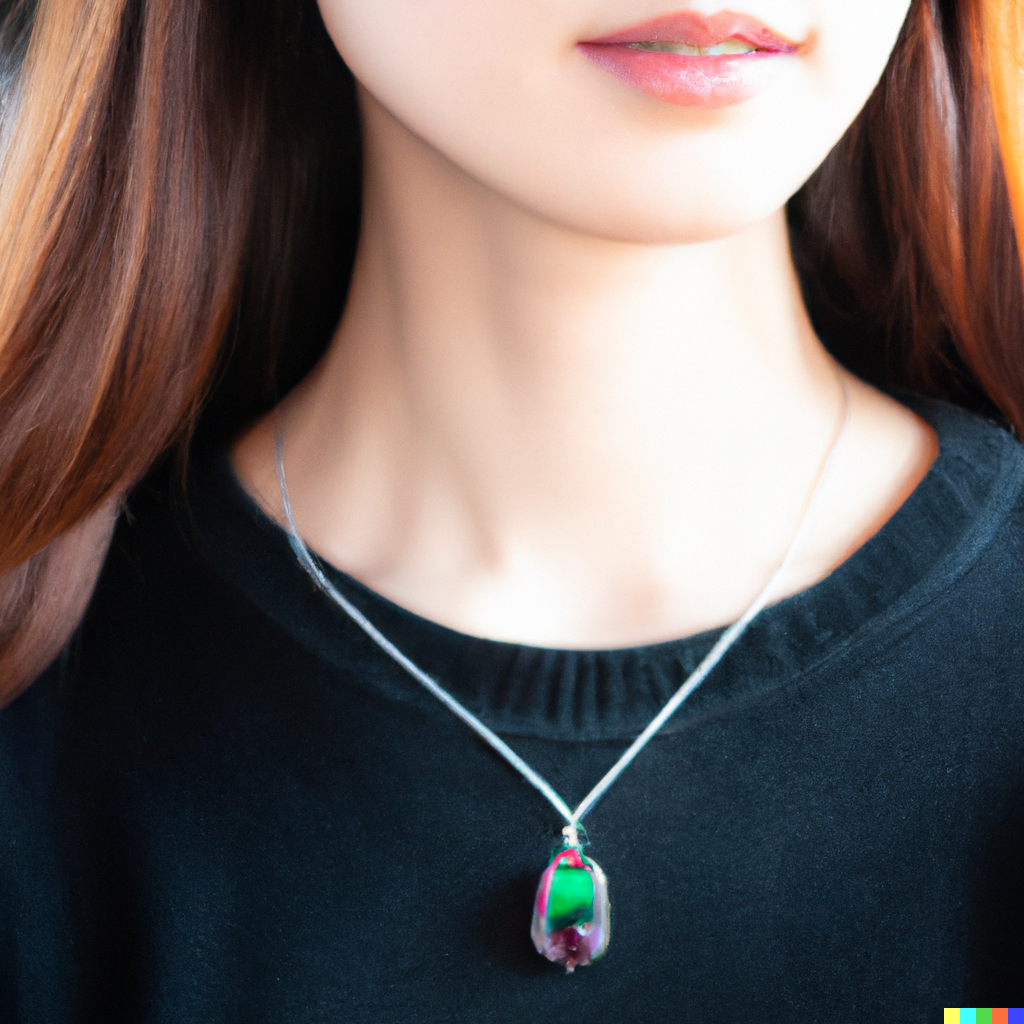Jadeite: Gemstone and Jewelry
Jadeite is a mineral that is often used in jewelry because of its beauty, hardness, and rarity. It is a form of pyroxene, and it is one of the two recognized varieties of jade, the other being nephrite. Jadeite is highly valued in many cultures, and it is particularly prized in China, where it has been used for over 3000 years. In this article, we will explore the history, properties, and varieties of jadeite, and we will also examine the cultural significance of this gemstone.

History of Jadeite:
Jadeite has been used by humans for thousands of years, and it has been valued for both its beauty and its supposed mystical properties. The earliest known jadeite objects come from China, where they have been found in tombs dating back to the Neolithic period (approximately 4000 BCE). The Chinese believed that jadeite had the power to protect the wearer from harm, and many pieces of jadeite jewelry were buried with their owners in order to offer them protection in the afterlife.
Jadeite was also used by the Maya civilization in Central America. The Maya believed that jadeite was a powerful symbol of life and death, and they used it to create masks, figurines, and other objects that were buried with the dead. In addition to its cultural and spiritual significance, jadeite was also highly valued as a trade item. The ancient Silk Road, a network of trade routes that connected China with Europe and the Middle East, was used to transport jadeite from China to other parts of the world.

Properties of Jadeite:
Jadeite is a mineral that is composed of sodium, aluminum, and silicon. It is typically green in color, although it can also be found in other colors, including white, red, yellow, and black. The green color of jadeite is caused by the presence of chromium and iron in the mineral. The most highly valued jadeite is a translucent, emerald-green color that is sometimes referred to as “imperial jade.”
Jadeite is a hard and durable stone that is difficult to scratch or chip. It has a Mohs hardness of 6.5-7, which makes it harder than many other gemstones, including topaz, garnet, and quartz. Jadeite is also highly resistant to fractures and chemical damage, which makes it ideal for use in jewelry that will be worn regularly.

Varieties of Jadeite:
Jadeite can be found in a variety of different colors, each of which has its own unique properties and value. The most valuable and sought-after variety of jadeite is imperial jade, which is a translucent, emerald-green color. Other colors of jadeite include white, yellow, red, and black. Black jadeite is sometimes referred to as “spinach jade” because of its dark green color.
In addition to its color, jadeite is also classified according to its translucency and texture. The most highly valued jadeite is translucent, which means that light can pass through the stone but is diffused. Jadeite that is opaque or has a mottled appearance is less valuable. The texture of jadeite is also important, with a fine, even texture being more valuable than a rough or pitted texture.

Cultural Significance of Jadeite:
Jadeite has played an important role in the cultures of many different countries, particularly in China, where it has been used for over 3000 years. The Chinese believed that jadeite had the power to protect the wearer from harm, and they often buried jadeite jewelry with their dead in order to ensure their protection in the afterlife. The Chinese also believed that jadeite had the power to improve health, and they used it in many traditional medicines.
In addition to its spiritual and medicinal qualities, jadeite was also used as a symbol of wealth and status in China. Wealthy individuals would often commission intricate jadeite jewelry and carvings, which were considered a sign of their high social standing. Jadeite was also used in imperial regalia, including jadeite swords and scepters, which were used to indicate the emperor's power.
Jadeite has also played an important role in other cultures, including those of the Maya and the Maori people of New Zealand. The Maya believed that jadeite had the power to connect the living with the spiritual realm, and they used it in many of their religious ceremonies. The Maori people believed that jadeite, which they call “pounamu,” was a sacred stone that was imbued with the essence of their ancestors.

Jadeite is a gemstone that has been valued for its beauty, hardness, and rarity for thousands of years. It has played an important role in the cultures of many different countries, including China, where it has been used for over 3000 years. Jadeite is a highly valued gemstone because of its durability and its ability to take on a wide range of colors and textures. Whether used for jewelry, carvings, or religious and spiritual purposes, jadeite continues to be highly prized by collectors and enthusiasts around the world.






















Leave a comment